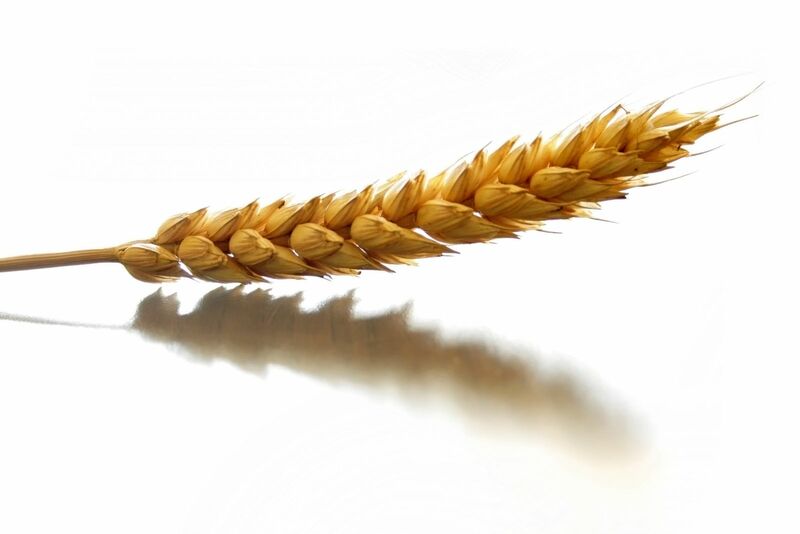
- The recent rally in Chicago SRW wheat has been driven in large part by noncommercial traders covering some of their net-short futures positions.
- Fundamentally the market remains bearish, ad indicated by the National SRW Wheat Cash Index, Basis, and futures spreads.
- The divergence between funds and fundamentals usually ends with the former (funds) moving to get back in line with the latter (fundamentals).
I’ve seen some chatter of late about how the recent run in Chicago (SRW) wheat proves the market is now fundamentally bullish. Thank you. I had to take a few minutes between these sentences to wipe the tears of laughter from my eyes. Has the Chicago wheat market rallied? Absolutely. Is the market fundamentally bullish? Absolutely not. In fact, the stronger argument is the bulk of the rally has come from noncommercial short covering given this group was last reported holding a net-short futures position of nearly 63,000 contracts. While still a ways from the recent large net-short position of 97,200 contracts, it left the door open to the type of move the market is seeing ahead of the delivery period for the May issue. Also, just because a market is moving on noncommercial short covering doesn’t make it less important. After all, Newton’s First Law of Motion Applied to markets tell us, “A trending market will stay in that trend until acted upon by an outside force, with that outside force usually noncommercial activity”. Funds set the trend. It’s just that the trend will be better supported if funds are moving for fundamental reasons.
Let’s talk fundamentals. Those of you who have been following along with my commentary and analysis know that the study of real supply and demand focuses on three things: The National Average Cash Price (intrinsic value of the market), basis (the differential between cash and futures), and futures spreads/forward curves (price differences between futures contracts in a market). If you guessed one of these factors was USDA and its litany of reports containing nothing but imaginary numbers, return to Go and Do Not Collect $200[i].
I last talked about month-end national average cash prices in early March when the National SRW Wheat Price Index (IWY00) was calculated at $5.26 and correlated to and end of February available stocks-to-use (as/u) figure of 42.6%[ii]. Oddly enough, Tuesday evening (April 23) saw the NSRI come in near $5.33, again putting as/u at 42.4%. In other words, the last month and a half has seen US SRW wheat supply and demand loosen only fractionally, with the next harvest roughly two months away. If the index stays in this neighborhood through the end of April, the as/u would be the largest April figure since 2020. None of this is fundamentally bullish.
Back in the day when I was one of the talking heads on the winter speaking tour, I would on occasion have the opportunity to listen to a friend of mine talk about Grains’ Golden Rule: First basis, then futures spreads, then futures. While there are times different markets get out of step with this concept, over the long haul it still generally holds true. Given this, what is SRW wheat national average basis telling us? Based on the NSRI calculated near $5.33 Tuesday evening, national average basis was calculated at 69.5 cents under July Chicago futures. The previous 5-year low weekly close for the first week of May, the first official weekly calculation versus July futures, is 48.75 cents under from last year[iii]. Therefore, national average basis is running about 20 cents below its previous weakest marks, and again, harvest is still a couple months away. This isn’t fundamentally bullish either.

I can wrap up the discussion about futures spreads with a Jeff Foxworthy-esque observation: If you are going through a CME Variable Storage Rate calculation period, you might be a bearish market. In Chicago SRW wheat, the latest calculation period began on March 19 and runs through Friday, April 26. If the Chicago July-September futures spread covers an average of 80% or more full carry then the higher storage rate of $0.00265/bushel/day will go into effect on May 19. Through the close on Tuesday, April 23 the July-September futures spread was showing a running average of 90.5%. Hold on a moment though, for as the late Billy Mays used to always tell us, “But wait, there’s more!” If we look at the harvest and post-harvest July-September and September-December futures spreads we see they are covering 96% and 90% full carry respectively. That ain’t bullish either.
The bottom line is we have three reads on real SRW wheat market fundamentals, and all three are incredibly bearish. Meanwhile, funds have been covering some of their net-short futures positions. Do you think the latter group will continue with this activity once harvest begins and even more supplies become available?
We’ll see what happens.
[i] I wonder if inflation has changed the more recent editions of the board game Monopoly.
[ii] I’ve had some questions about this. Yes, available stocks-to-use is my own analysis and done independent of USDA’s imaginary numbers used by the bulk of the industry to calculate the nonsensical ending stocks-to-use numbers.
[iii] In fact, the SRW market has continued to weaken the past 3 years with the first weekly close of May 2022 coming in at 45.75 cents under July futures.
On the date of publication, Darin Newsom did not have (either directly or indirectly) positions in any of the securities mentioned in this article. All information and data in this article is solely for informational purposes. For more information please view the Barchart Disclosure Policy here.






